Let us specify the question a little more: an application of interest, implementing a REST controller, is deployed on a typical mutlithreaded application server (running, possibly, other things as well). Q: Is there concurrence in handling of separate requests to the mapped methods of the controller?
I'm not authoritative in this subject, but it is of high importance (in particular: should single-threaded logic be applied to REST-Controller code?).
Edit: answer below is WRONG. Concurrent calls to different methods of same controller are handled concurrently, and so all shared resources they use (services, repositories etc.) must ensure thread safety. For some reason, however, calls to be handled by the same method of the controller are serialized (or: so it appears to me as of now).
The small test below shows, that even though subsequent (and rapid) calls to the mapped methods of the controller are indeed handled by different threads, single-threaded logic applies (i.e. there is no cuncurrency "out of the box").
Let us take the controller:
AtomicInteger count = new AtomicInteger();
@RequestMapping(value = {"/xx/newproduct"})
@ResponseBody
public Answer newProduct(){
Integer atCount = count.incrementAndGet();
////// Any delay/work would do here
try {
Thread.sleep(1000);
} catch (InterruptedException e) {
e.printStackTrace();
}
Answer ans = new Answer("thread:" + Thread.currentThread().getName() + " controller:" + this, atCount);
count.decrementAndGet();
return ans;
}
and launch 10 rapid (almost concurrent w.r.t. the 1000ms sleep time) REST requests, e.g. by the AngularJS code
$scope.newProd = function (cnt) {
var url = $scope.M.dataSource + 'xx/newproduct';
for(var i=0; i<cnt; ++i) {
$http.get(url).success(function(data){
console.log(data);
});
}
};
(the Answer just carries a String and an Integer; making count static would not change anything). What happens, is that all requests become pending concurrently, but responses come sequentially, exactly 1s apart, and none has atCount>1. They do come from different threads though.
More specifically the console log has:

in other words:

Edit: This shows, that concurrent calls to the same method/route are serialized. However, by adding a second method to the controller we easily verify, that calls to this method would be handled concurrently with the calls to the first method, and hence, multithreaded logic for handling requests is mandatory "out-of-the-box".
In order to profit from multithreading one should therefore, as it seems, employ traditional explicit methods, such as launching any non-trivial work as a Runnable on an Executor.

